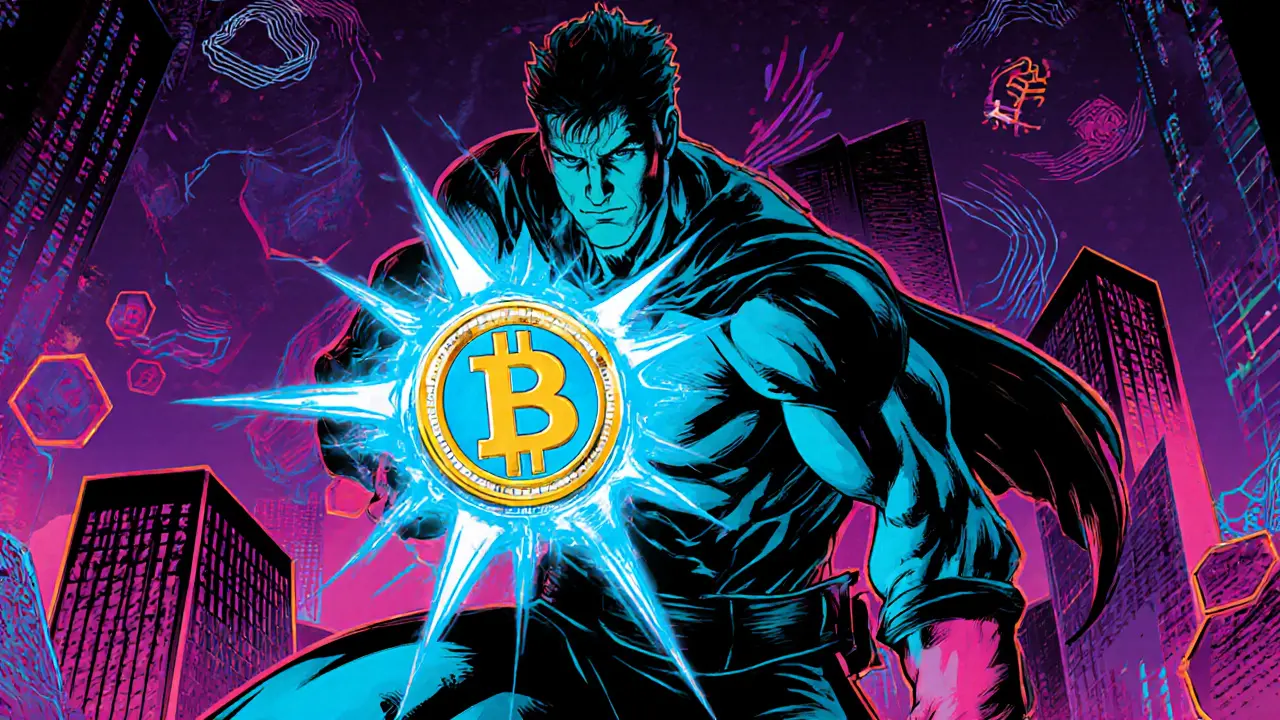Play-to-Earn: How Gaming Meets Crypto Rewards
When diving into Play-to-Earn, a gaming model where players earn crypto assets by participating. Also called P2E, it blends entertainment with real‑world value. A key driver behind many Airdrop, free token distributions used to attract new users campaigns is the promise of quick earnings, while NFT, unique digital collectibles that represent in‑game items give players true ownership. Underpinning all of this are Gaming Tokens, cryptocurrencies issued by games to reward activity and fuel economies, which turn playtime into tradable assets.
Core Elements of a Play-to-Earn Ecosystem
First, Play-to-Earn models encompass token rewards, meaning every quest, battle, or trade can generate a measurable crypto payout. Second, Airdrop campaigns fuel player acquisition by handing out starter tokens that lower the entry barrier. Third, NFT assets enable ownership of in‑game gear, making each sword or skin a verifiable, sellable item on secondary markets. Finally, the broader Blockchain Gaming, the use of decentralized ledgers to record gameplay and asset transfers ensures transparency and prevents cheating.
These pieces connect in a simple chain: a game launches a token, distributes early coins through an airdrop, players earn more tokens by playing, and they can upgrade or trade NFTs that represent rare items. The tokenomics of each game dictate how scarce the rewards are, which in turn drives demand for the NFTs and the underlying token.
Because most play-to-earn titles sit on Ethereum‑compatible chains, gas fees and transaction speed matter. Projects often migrate to Layer‑2 solutions or sidechains to keep costs low for everyday players. Lower fees boost user retention, and faster confirmations make the gaming experience smoother.
Regulators are watching closely. While airdrops are generally permitted, some jurisdictions treat gaming tokens as securities if they promise profit. Developers therefore embed utility‑first use cases—like unlocking game levels or purchasing in‑game services—to stay on the safe side.
Community building is another crucial factor. Discord groups, forums, and social media channels act as the glue that keeps players informed about upcoming airdrops, NFT drops, and token updates. Strong communities also legitimize new games, making them more attractive to investors and players alike.
From a player’s perspective, success in a play-to-earn environment hinges on three skills: understanding token economics, spotting valuable NFTs, and managing risk. Over‑investing in a single token can lead to big losses if the game’s popularity wanes, while diversifying across multiple titles spreads risk.
Developers use analytics to balance reward rates. If payouts are too generous, token inflation erodes value; if too stingy, players leave. Smart contracts enforce these rules automatically, eliminating the need for a central authority to verify each transaction.
Looking ahead, the next wave will likely blend play-to-earn with decentralized finance. Imagine staking your gaming tokens to earn yield while you’re offline, or using in‑game NFTs as collateral for loans. This convergence expands the economic possibilities beyond the game itself.
In short, play-to-earn is more than a buzzword. It’s a multi‑layered system where airdrops spark entry, tokens reward activity, NFTs guarantee ownership, and blockchain guarantees fairness. Below you’ll find deep dives into specific airdrops, token reviews, NFT guides, and security analyses that together paint a full picture of the space.
Ready to explore the practical side? Scroll down to discover detailed reviews, step‑by‑step airdrop guides, token breakdowns, and security tips that will help you navigate the play‑to‑earn world with confidence.

